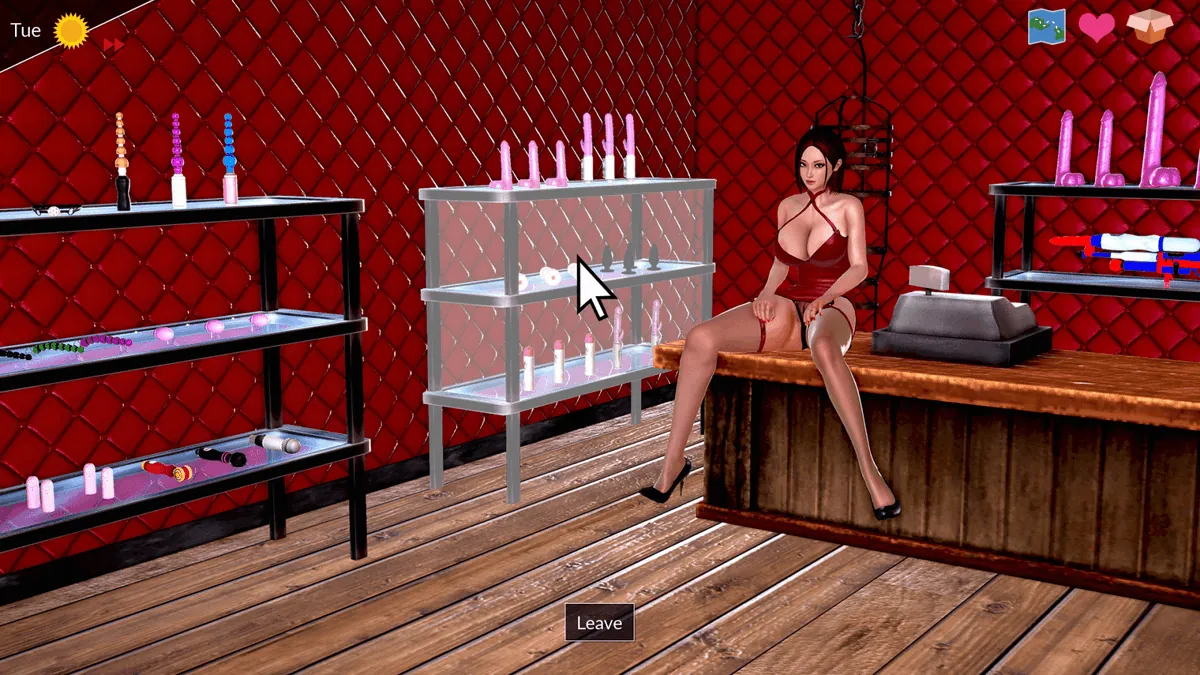
Friends in Need
Play Friends in Need
Friends in Need review
Explore the gameplay, characters, and tips for Friends in Need
Friends in Need is a narrative-driven game that immerses players in complex character relationships and choices that shape the story. This guide dives deep into the gameplay, key characters, and strategies to help you get the most out of your experience. Whether you’re new or looking to master the game, this article covers everything you need to know about Friends in Need.
Gameplay and Story Overview of Friends in Need
Ever found yourself lying awake at night, wondering if you made the right call? 😅 That’s the exact feeling Friends in Need captures so perfectly. It’s a narrative-driven experience that pulls you into a web of friendships, tough decisions, and consequences that feel incredibly real. If you’re looking for a game that’s less about high scores and more about human connection, you’ve come to the right place. This Friends in Need game overview will break down everything you need to know before you dive in.
I remember my first playthrough; I thought I had it all figured out. I was going to be the perfect friend, the problem-solver. The game had other plans. Within the first hour, I was already agonizing over a simple choice that later spiraled into a major plot point. It’s that kind of gripping, personal storytelling that makes this game so special. Let’s get into what it’s all about. ✨
What is Friends in Need?
At its heart, Friends in Need is an interactive drama game. You play as a central character navigating the final year of high school alongside a close-knit group of friends. The setting is a relatable, modern town, and your main objective isn’t to defeat a boss, but to nurture your relationships and guide your group through a series of personal crises and triumphs. 🏙️🎒
The brilliance of its design is how it mirrors real life. The game doesn’t judge you for your choices; it simply presents the outcomes. Your goal is to make it to graduation with your friendships intact—or perhaps, forever changed based on the path you choose. This initial Friends in Need game overview only scratches the surface of its emotional depth. The true magic lies in how you play.
Core Gameplay Mechanics
Understanding the Friends in Need gameplay mechanics is key to shaping your story. The game is built on three core pillars: decision-making, relationship building, and exploration. There are no traditional combat or complex puzzles here; your primary tools are dialogue options and your attention to your friends’ needs.
The decision-making system is incredibly nuanced. You’re often put on the spot with a timer, forcing you to go with your gut instinct. Do you tell a hard truth to protect a friend, or a kind lie to spare their feelings? There’s no “right” answer, only what feels right for your story. This is the core of how to play Friends in Need—by listening, empathizing, and committing to your choices.
Relationship building is managed through a subtle “Trust” meter system that you can’t see directly. Instead, you gauge your bonds through character reactions, the conversations they’re willing to have with you, and whether they seek you out for help. Spending time with them, choosing supportive dialogue, and remembering small details about their lives are all crucial Friends in Need character interactions that strengthen your bonds. 💬❤️
Finally, exploration allows you to uncover hidden backstory elements and optional scenes. Talking to everyone at a party or checking your phone for text messages can reveal motivations and secrets that completely change your perspective on a situation.
To see how these mechanics directly influence your journey, check out this summary:
| Core Mechanic | What It Involves | Impact on Story |
|---|---|---|
| Timed Dialogue Choices | Selecting responses under pressure during conversations. | Directly alters character relationships and unlocks or locks future story branches. |
| Trust System | Building invisible rapport through supportive actions and dialogue. | Determines which characters confide in you, seek your help, and ultimately, which endings you can achieve. |
| Exploration & Observation | Clicking on environmental objects and talking to non-essential characters. | Reveals crucial lore, character motivations, and can provide key information to make more informed decisions. |
| Key Decision Points | Major story moments requiring a significant choice. | Splits the narrative path dramatically, leading to entirely different middle and end-game scenarios. |
Storyline and Player Choices
The Friends in Need narrative is a masterclass in branching storytelling. It doesn’t have one fixed plot; it has dozens of potential plots that unfold based on your actions. The central story revolves around a group of friends dealing with universal issues: family pressure, academic stress, secret crushes, and personal identity. How you, as the player, choose to help (or sometimes, neglect) them defines everything.
The Friends in Need story choices are the engine of this narrative. Early on, I had to choose between helping my friend Alex study for a crucial exam or supporting Maya through a family emergency. I chose Alex, thinking academic success was paramount. The game didn’t just have Maya be sad; she became distant, her storyline evolved to show her finding support elsewhere, and a later crisis involving her was much harder to resolve because our bond was weakened. The consequences felt authentic and lasting, profoundly affecting my Friends in Need game progression.
This is what sets the game apart. Your choices aren’t just about getting a “good” or “bad” ending. They shape the minute-to-minute Friends in Need narrative, determining which scenes you see, which conflicts arise, and how characters evolve. You might completely miss a major character arc if you fail to build a strong enough relationship with them. This makes every playthrough unique and deeply personal.
The Friends in Need character interactions are where the story truly comes to life. Each character is beautifully written with their own flaws, dreams, and complexities. Your relationships with them are not binary (like/dislike); they are multidimensional. You can be a trusted confidant to one friend while another might see you as a rival or a fair-weather friend. Managing these dynamic relationships is the ultimate challenge and the most rewarding part of the entire experience.
So, what can you expect? Expect to care. Expect to replay the game just to see what would have happened if you’d said something different. Expect a story that stays with you long after you’ve put the controller down. The ultimate Friends in Need game overview is this: it’s a mirror held up to your own values about friendship, and it’s an experience you won’t soon forget. 🎮💫
Friends in Need offers a rich, choice-driven experience that challenges players to navigate complex relationships and story arcs. Understanding the gameplay mechanics and how your decisions affect outcomes is key to fully enjoying the game. Dive in, explore the characters, and shape your unique story in Friends in Need.




























